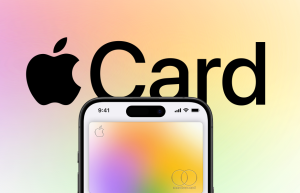
Without a doubt, the changes in the world of technology have brought tremendous innovation to almost every industry, which includes healthcare; however, these innovations are also creating upheaval in these industries. As a result, the way optometry is delivering care is changing as well. Now, people can find almost anything they need on their phones. As a result, it is critical for everyone to understand how this technology is going to change in 2020.
The Growth of Online Sales
The internet has changed nearly everything and this includes optometry. Now, patients can find glasses online. Because most patients are looking for cheap glasses, patients are going to scour the internet first to find what they're looking for. Of course, patients also need to make sure these glasses are the correct prescription for their eyes; however, if they have the results of their eye exams, this is relatively straightforward. As the growth of this industry continues, the online prescription glasses world is going to grow as well. Patients will get better at finding the right frames and lenses online, looking to increase convenience and cut costs. Those who have been in the industry for a while know that online contact lens sales are going up. Online glasses are going to follow.
The Changing Definition of an "Eye Exam"
Of course, in order to find the right pair of glasses online, patients need to have the results of an eye exam; however, for many patients, they might not know what an actual eye exam is. Most patients are just looking to figure out what their prescription is so they can find the right glasses. Not every eye exam is the same. If patients think an eye exam is shorter, they might think it accomplishes the same thing. This is not the case. Patients need to know what goes into an eye exam. In addition to testing visual acuity, the optometrist is going to test the various visual fields, ocular pressures, optic nerves, and will examine the retina. In order for doctors to compete in this rapidly changing industry, patient education is critical.
Changing Retinal Imaging
Imaging technology for the eyes has significantly improved. This is going to impact how care is delivered and how findings are documented. Many patients are already asking if they can avoid the "dilation drops" by having their eyes scanned with an imaging machine instead. Right now, dilating the eyes is still more effective than using the imaging machine; however, this isn't going to remain the case for long. Imaging technology is going to improve and, eventually, this is going to replace the old-fashioned eye drops. Practices that are looking to compete need to think about patient preferences and make sure they cater to them. New imaging technologies may allow the provider to view 100 percent of the retina.
© 2026 HNGN, All rights reserved. Do not reproduce without permission.








